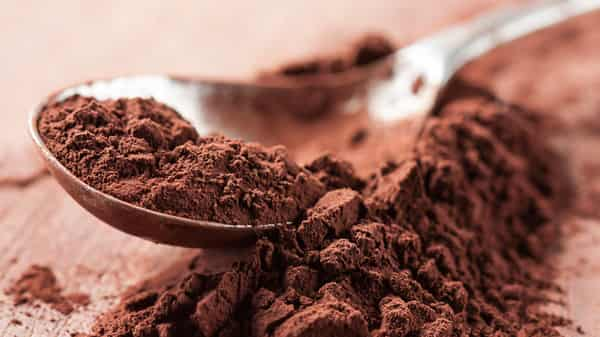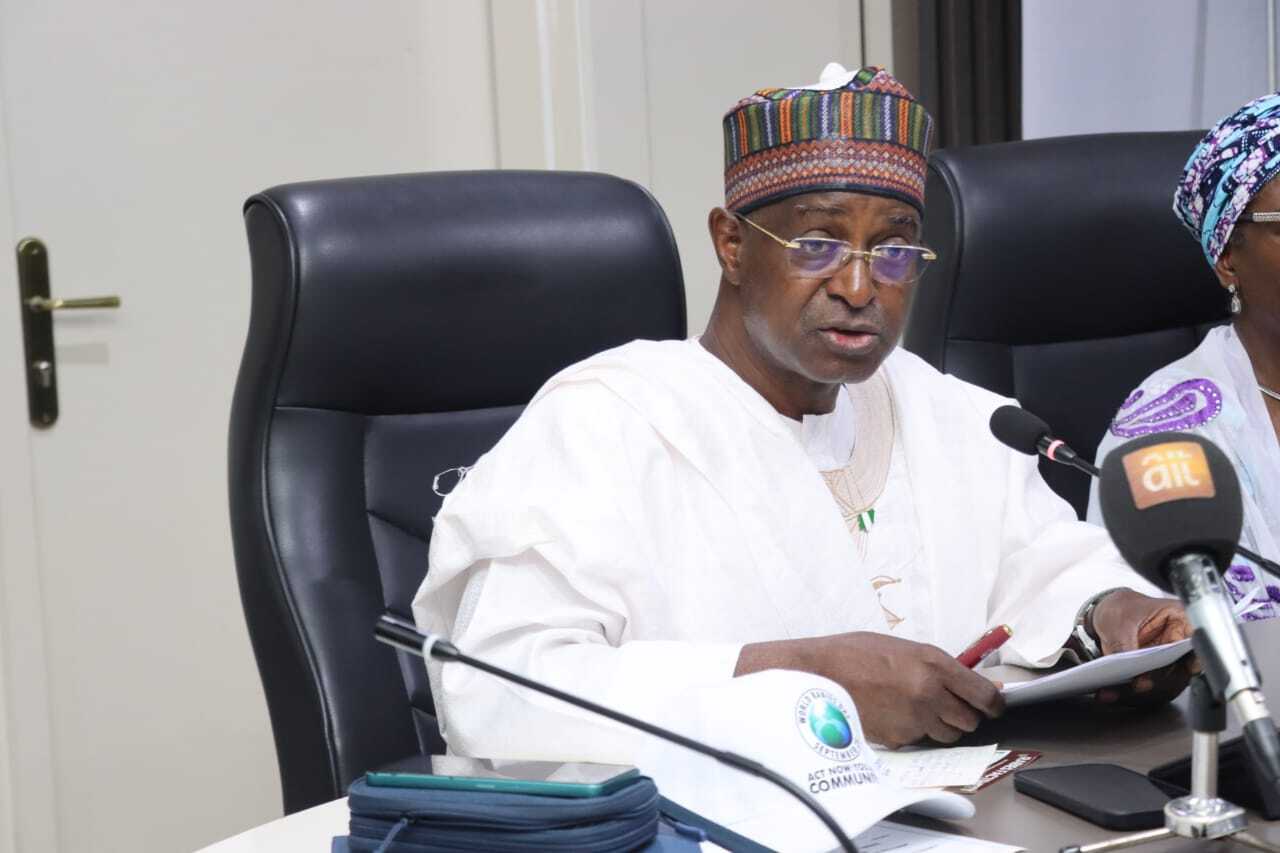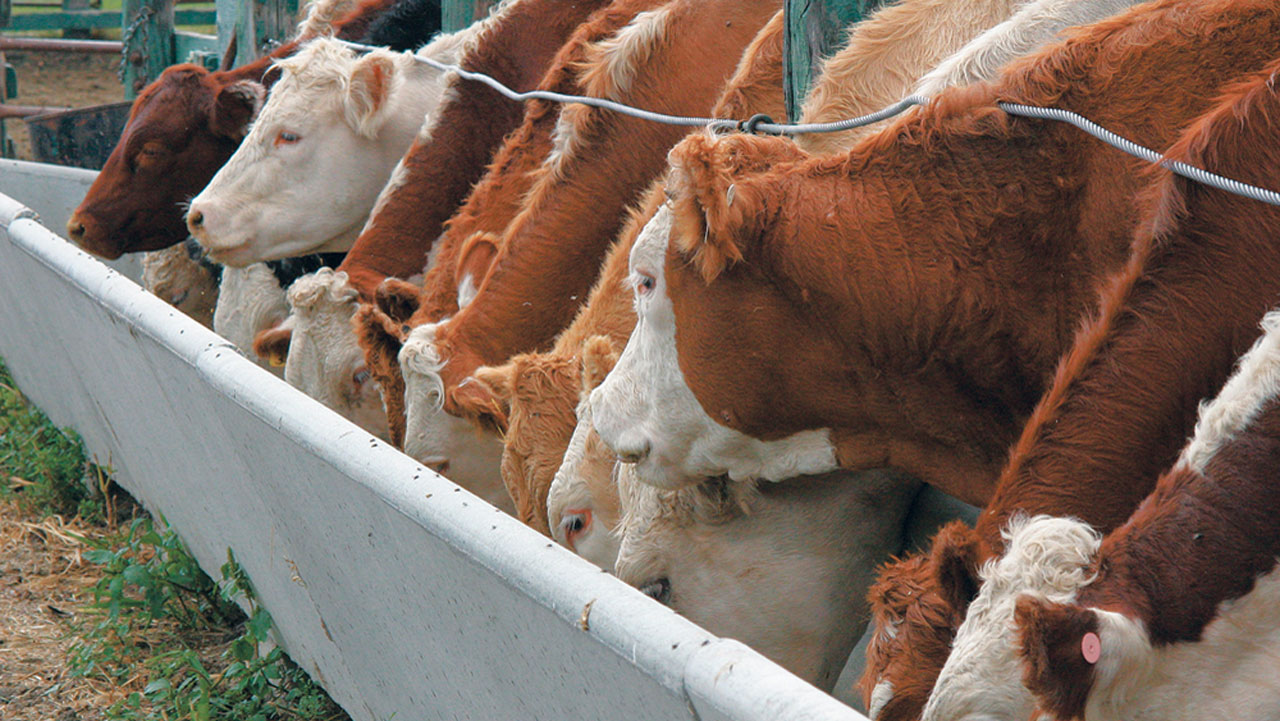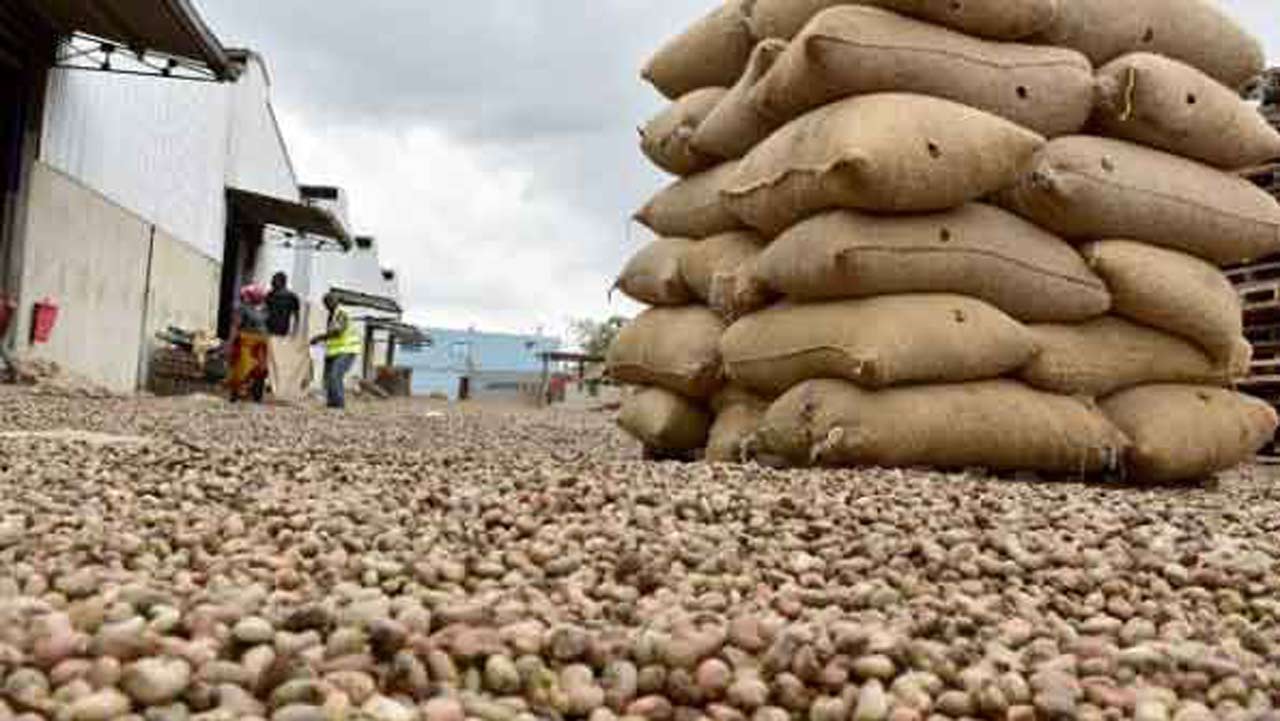
The global cocoa market is experiencing unprecedented volatility, with prices surging to record high. From an average of $2.39 per kg in 2022, cocoa prices skyrocketed to $3.28 in 2023 and are projected to reach $6.00 per kg in 2025.
According to market analysts, this sharp increase reflects a mix of structural and external factors, including climate change, supply chain disruptions, and evolving global demand patterns.
They claimed that for exporters and investors, these projections signal both opportunities and risks, making it critical to understand the forces at play. The Executive Secretary, Produce Export Development Alliance (PEDA), formerly Agricultural Fresh Produce Growers and Exporters Association of Nigeria (AFGEAN), Adetiloye Aiyeola, told The Guardian that one of the primary drivers of the price surge is the impact of climate change on cocoa-producing regions, particularly in West Africa, which supplies over 70 per cent of the world’s cocoa.
He added that erratic rainfall, rising temperatures, and the spread of crop diseases such as the swollen shoot virus have significantly reduced yield. He added that supply chain challenges, including labor shortages and disruptions in global shipping, have further tightened supply.
“Meanwhile, the growing demand for chocolate in emerging markets, coupled with an increasing shift towards sustainably sourced cocoa, has intensified competition for available stock, putting further upward pressure on prices.
“Looking ahead to 2025, the projected $6.00 per kg price suggests a sustained imbalance between supply and demand. However, strategic interventions — such as investments in resilient farming practices, improved logistics, and policy adjustments — could help stabilise the market.
“For stakeholders in the cocoa value chain, now is the time to rethink sourcing strategies, explore alternative markets, and invest in long-term sustainability. With the right approach, exporters and investors can navigate this evolving landscape and turn volatility into opportunity,” he said.
On his part, the Chief Executive Officer, Green Sahara Farms, Plateau State, Suleiman Dikwa, said the unprecedented price surge portends significant shifts in the global cocoa sector – supply chain disruptions; geopolitical shifts; sustainability pressures; and innovation incentives.
“On the supply chain disruptions, chocolate manufacturers may face margin compression, leading to higher consumer prices, product downsizing, or substitution with cheaper ingredients, for instance, palm oil. Smaller producers could be forced out, accelerating industry consolidation.
“For the geopolitical shifts, traditional powerhouses – Ivory Coast, Ghana may lose market share if they cannot address production challenges, creating opportunities for Nigeria and others; sustainability pressures – buyers like the European Union will demand deforestation-free, traceable cocoa, favoring certified producers. Agroforestry and climate-resilient practices will become critical. High prices may spur Research and Development into cocoa alternatives like lab-grown cocoa or disease-resistant cultivars.
Dikwa identified supply-side constraints; climate shocks like droughts and erratic rainfall in West Africa reducing yields; disease outbreaks – swollen shoot virus and black pod disease have decimated crops in Ghana and Ivory Coast, as part of the drivers of the rising cocoa prices.
He listed others to include input costs – surging fertiliser prices and labor shortages; demand growth – rising chocolate consumption in Asia like India, China and premium cocoa demand; speculation -commodity traders betting on prolonged shortages; and structural underinvestment – aging cocoa trees and limited adoption of modern farming techniques in key producing regions.
Dikwa expressed optimism that the country’s exporters and investors can leverage volatility and achieve global leadership in 10 years. To achieve this, he said Nigeria must adopt a sustainable agroforestry-driven expansion strategy through production scaling via agroforestry – tree selection; primary crop – high-yield, disease-resistant cocoa hybrids; companion trees – nitrogen-fixing species, shade trees, and timber species for diversified income.
“The land use plan must be adopted, to target 500,000 hectares of new cocoa-agroforestry systems by 2034, prioritising Ondo, Cross River, and Osun states; planting of 1,000 cocoa trees per hectare, intercropped with 200 shade trees, also, adoption of yield enhancement, training farmers in pruning, organic fertilisers and integrated pest management.
“There is need for infrastructure and value addition – post-harvest – building of 200 solar-powered drying centres and fermentaries to reduce losses; processing – incentivizing local grinding to capture value -$6,000 per ton for processed versus $3,000 per ton for raw beans.
“There is also need for market positioning – certification with target of 100 per cent rainforest alliance or Fairtrade certification for premium pricing; branding, to promote “Nigerian Origin” cocoa as a premium, deforestation-free product; policy and investment – land reforms – secure tenure for smallholders to incentivize long-term agroforestry investments; and funding, with the launch of a $500m Cocoa Development Fund (public-private partnerships) for farmer loans, tech subsidies, and climate insurance.”
He expressed optimism that the country can be on its path to global leadership as it produced 340,000 metric tonnes of the produce in 2023, noting that to surpass Ivory Coast, it must produce 2.2 million metric tonnes by 2034:
“Nigeria must target annual growth target, at least 20 per cent production increase to 68,000 metric tonnes per year. Some of the key enablers is to ensure double yields from 400 kg per hectare to 800 kg via improved practices. The country must also expand its cultivated area by five per cent yearly through agroforestry in degraded forests.”
Dikwa assured that by addressing supply chain inefficiencies, investing in sustainability, and prioritising value addition, Nigeria can capitalise on high prices, close the global deficit, and emerge as the world’s leading cocoa producer.






